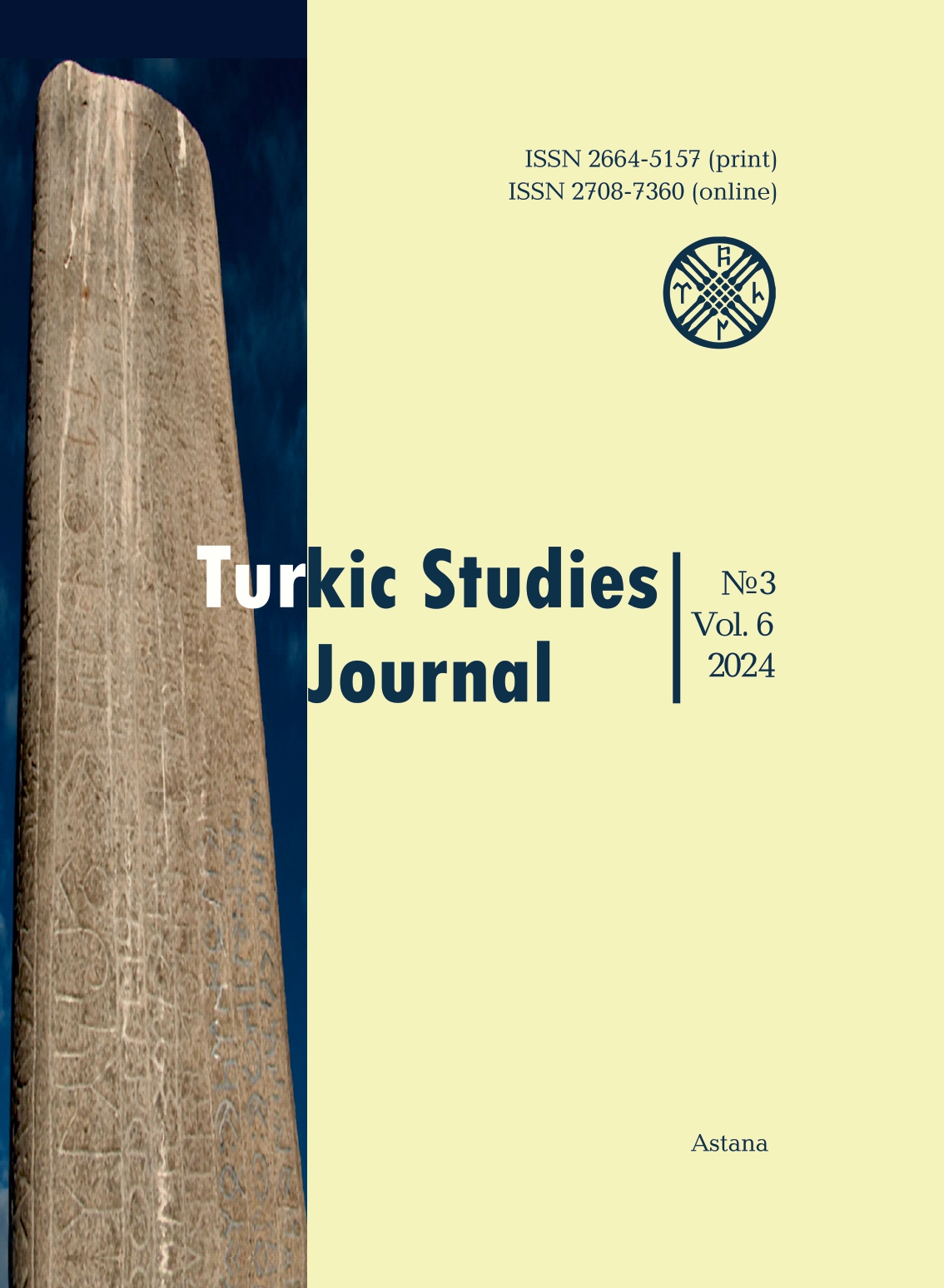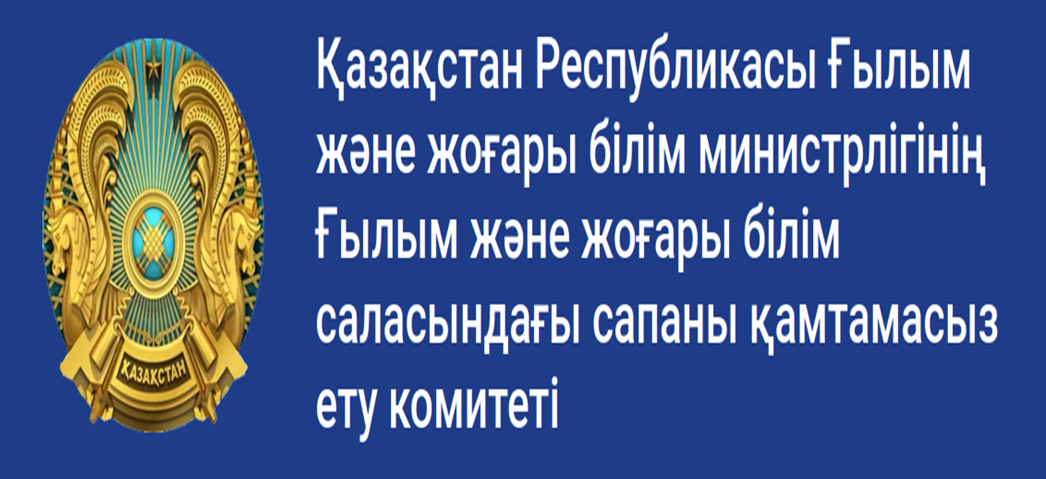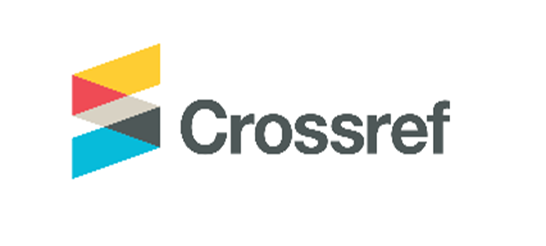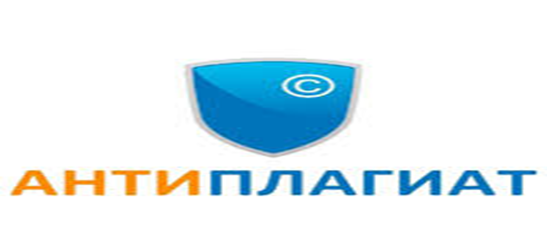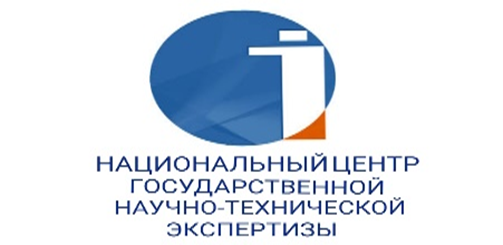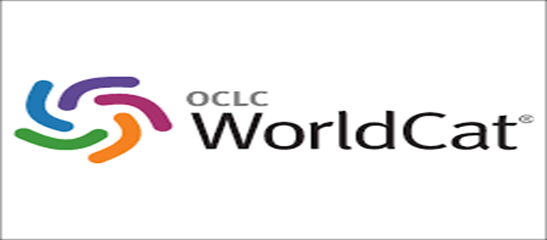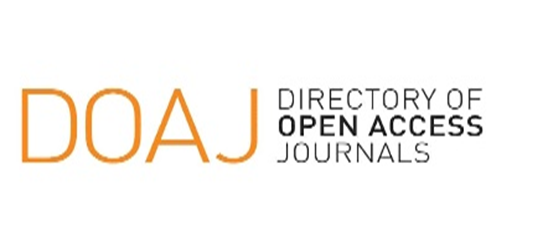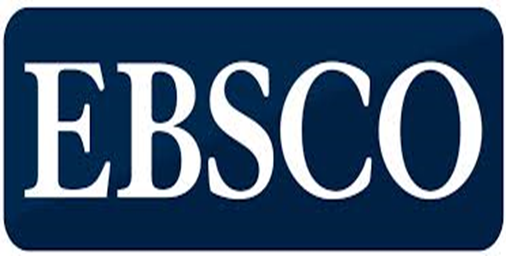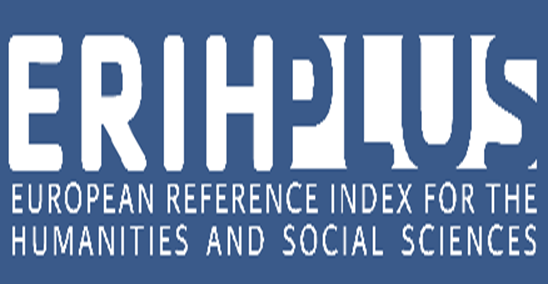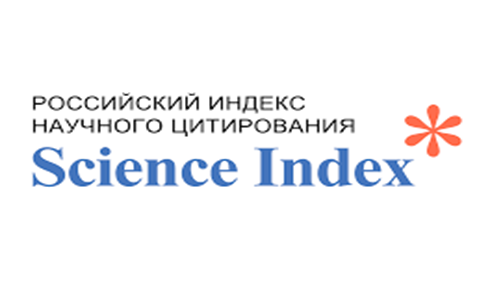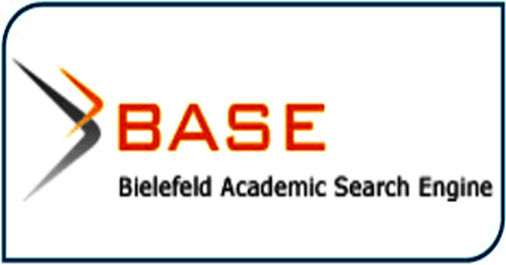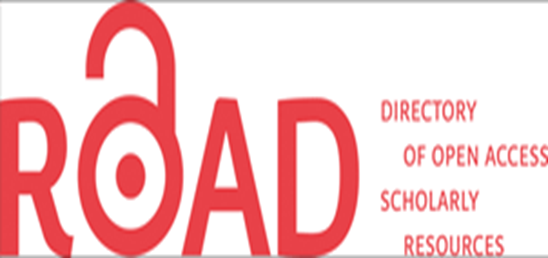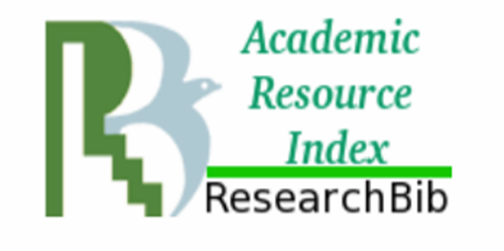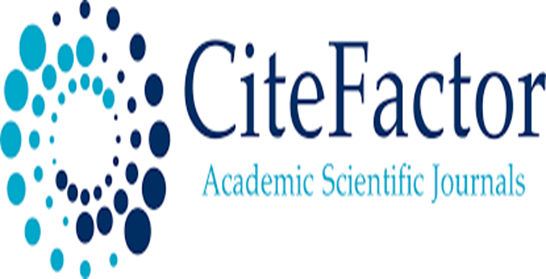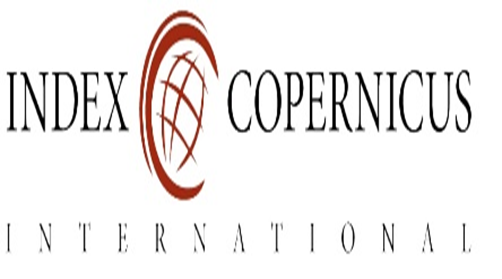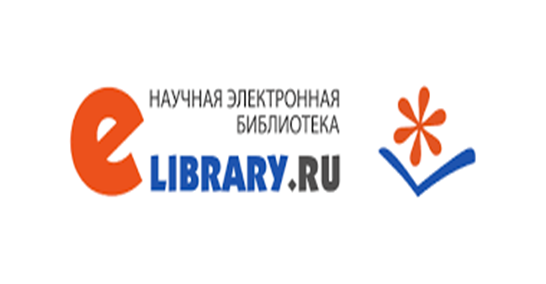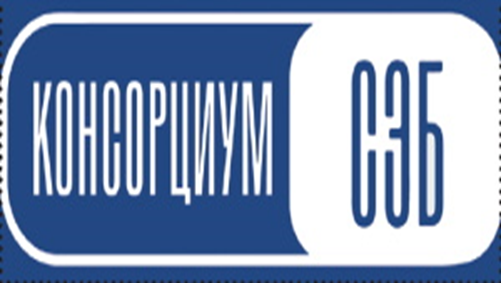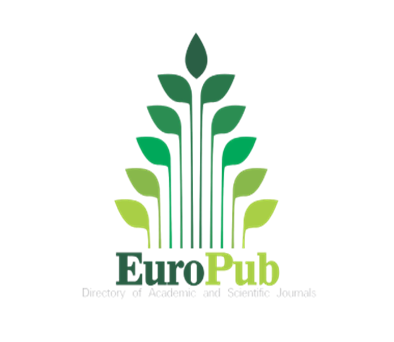Borrowed words in the oral speech of Mongolian Kazakhs
Views: 393 / PDF downloads: 483
DOI:
https://doi.org/10.32523/2664-5157-2024-3-159-174Keywords:
migration, Mongolian Kazakhs, language contact, loan words from Mongolian language, Bayan-Ulgii dialect, oral speech, preservation of lexical meaning, phonetic differencesAbstract
The relevance of studying the languages of peoples living outside their own territory is determined by the peculiarities of their formation, functioning and preservation under conditions of interdialectal and interlingual contacts.Due to various historic, social, political, geographical and
cultural reasons, the Kazakhs have lived in different countries of the world. In the western part of the country, in the Bayan-Ulgii area, the Kazakhs have developed a multilingual dialect, saturated with foreign words, mainly Mongolian loan words. Despite the fact that Mongolian loanwords have been studied in Kazakh, their study is topical, demanding and requires a systematic approach. The author of the article uses the method of questioning to determine the most common loanwords in various spheres
of human life and to reveal the degree of Kazakh-Mongol bilingualism. The author concludes that 1)
The language of the compact Kazakhs living in Mongolia should be referred to as local colloquial or koine; 2) The sphere of use of colloquialism is oral communication, with rare penetration into written language; 3) The Kazakh loanwords retain their fundamental lexical meaning, but show phonetic changes in consonants and vowels as a result of differences in language typology and characteristics of language articulation.
Downloads
Reference
Базылхан Б., 1999. Қазақ және моңғол тілдерінің салыстырмалы-тарихи грамматикасы (фонетика). Алматы: Ы.Алтынсарин атындағы Қазақтың білім академиясының республикалық баспа кабинеті. 165 б.
Базылхан Б., 1965. Моңғолияда тұратын қазақтардың тіліндегі кейбір жергілікті ерекшеліктер // Қазақ диалектологиясы. Алматы. С. 34-50.
Базылхан Б., 1976. Монгол-казах хэлний ижил язгуурт үг. Хэл зохиолын судлал. Улаанбаатар. С. 41-51.
Базылхан Б., 1978. Монгол-казах хэлний үгийн сангийн харьцааны асуудалд // Хэл зохиолын судлал. Улаанбаатар, С. 31-46.
Баярсайхан, Б. (2000) Топонимы на территории сумона Цэнгэл в Монголии (на тувинском языке) //Становление и развитие науки в Туве. (Материалы межд. конференции, посв. 70-летию тувинской письменности 12-14 сентября 2000 г.): в 2 ч. Кызыл : РИО ТувГУ. Ч. 1. 140 с. С. 23-25.
Болотов Ж., 1963. Моңғолияда тұратын қазақтардың тіліндегі кейбір жергілікті ерекшеліктер туралы //Қазақ пен ұйғыр тіл білімінің мәселелері. Алматы. Т. ІІІ. Б. 66-76.
Бодуэн де Куртенэ И.А., 1963. О смешанном характере всех языков // Избранные труды по общему языкознанию. Т. 1. Москва: Изд-во АН СССР. С. 362-372.
Дыбо А.В., 2007. Лингвистические контакты ранних тюрков. Лексический фонд. Москва: «Восточная литература». 222 с.
История Казахской ССР с древнейших времен до наших дней, 1979. //Ред. С.Г. Агаджанов и др. Алма-Ата. Т. П. 421 с.
Козгамбаева Г.Б., Алпысбаева Н.К., 2019. Из истории переселения казахов в Монголию (70 г. XІX – 20 г. XX вв.) // Вестник КазНУ. Серия историческая. 4. 79. С. 97-100.
Қазақша-моңғолша сөздік, 1977. //Б.Базылхан. Улаанбаатар. 392 с.
Қазақ тілінің түсіндірме сөздігі, 2008. Алматы: «Дайк пресс» баспасы. 968 б.
Малявин В., 2000. Китайская цивилизация. Дизайн. Информация. Картография. Астрель. АСТ. 632 с.
Монгол-казах толь, 1984. // Б.Базылхан. Улаанбаатар-Өлгий: «Жаңа Өмир» хэвлэх үйлдвэр. 880 х.
Монгол хэлний товч тайлбар толь, 1966. //Цэвэл Я., Улаанбаатар: Улсын хэвлэлийн хэрэг эрхлэх хороо. 912 х.
Сарыбаев Ш., 1971. Монгольско-казахские лексические параллели. Ленинград. С. 256-262.
Сарай А., 1968. Баян-Өлгий аймағының қазақ халқы тарихының кейбір мәселелері. Өлгий.
Toгмид Сүхбаатар, 2017. Не из Казахстана. Каким образом казахи оказались в составе Монголии. Asia Russia Daily, October 27. http://asiarussia.ru/articles/18116/.
Этимологический словарь тюркских языков, 1974. //Севортян Э.В. Общетюркские и межтюркские основы на гласные. Том 1. М., 362 с.
Этимологический словарь тюркских языков, 1978. //Севортян Э. В.. Общетюркские и межтюркские основы на букву «Б». Том II. М., 349 с.
Щербак А.М., 1997. Ранние тюркско-монгольские языковые связи (VIII-XIV вв.). СПб. 215 с.
Atwood Christopher P., 2004. Encyclopedia of Mongolia and the Mongol Empire. New York, NY: Facts on File. 680 р.
Baatar Ts., 2002. Present Situation of Kazakh-Mongolian Community. Mongolian Journal of International Affairs, no. 8-9. P. 90-98. https://doi.org/10.5564/mjia.v0i8-9.132. DOI: https://doi.org/10.5564/mjia.v0i8-9.132
Diener Alexander С., 2007. “Negotiating Territorial Belonging: A Transnational Social Field Perspective on Mongolia’s Kazakhs.” Geopolitics 12, no. 3. P. 459-87. https://doi.оrg/10.1080/14650040701305658. DOI: https://doi.org/10.1080/14650040701305658
Diener Alexander C., 2010. One Homeland or Two? the Nationalization and Transnationalization of Mongolia’s Kazakhs. Washington, D.C: Woodrow Wilson Center Press. Vol. 12, No. 2. P. 381-384.
Diener Alexander C., 2011. “The Borderland Existence of the Mongolian Kazakhs: Boundaries and the Construction of Territorial Belonging.” In The Routledge Research Companion to Border Studies. Routledge. P. 373-93.
Nicholas P., 1965. Introduction to altaic linguistics. Wiesbaden: Otto Harrassowitz. 212 p.
NSOM, 2020. Хүн ам, орон сууцны 2020 оны улсын ээлжит тооллогын нэгдсэн дүн. Ulaanbaatar: National Statistics Office of Mongolia https://www.nso.mn/mn/statistic/fun-statistic/census2020 (қаралу күні: 20.03.2024).
https://www2.1212.mn/BookLibrary.aspx?category=001 (қаралу күні: 20.01.2024).

